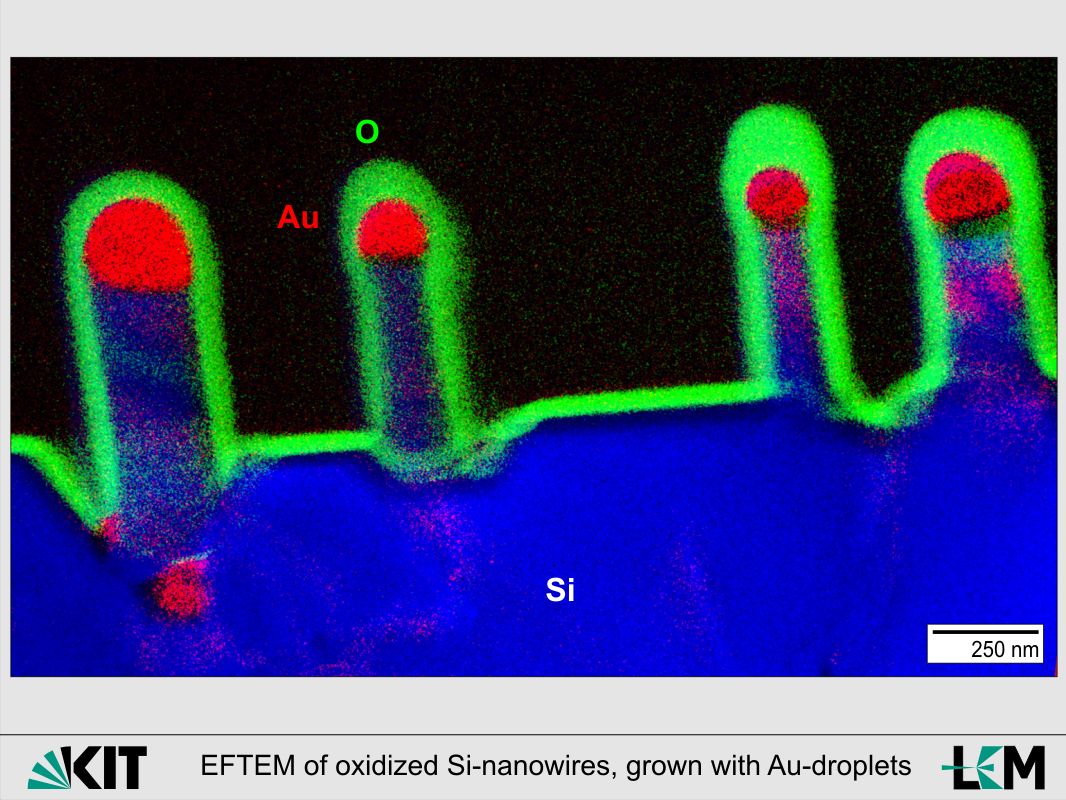Characterization
The characterization of materials and material systems plays an essential role, both for understanding material function and structure formation, and in their further development towards applications. A key challenge is to close the loop in the material development cycle. The results of materials synthesis need characterization towards optimization of properties. In situ materials behavior, both in function and degradation needs to be coupled to molecular properties. A particular challenge is the analysis of soft materials, especially in the context of their wet environments, such as the case for biology, the environment, or reaction processes. Material properties and manufacturing procedures must also be brought into alignment with theoretical tools, to allow for better quality prediction of quantum, microscopic, and macroscopic function and behaviour. To achieve these goals, standard characterization techniques often are not sufficient but need to be further extended or even newly developed. There are numerous activities at KIT which focus on extending the capabilities and resolution of characterization tools, both methodically, as well as in the development of novel hardware.
The large range of available analytical techniques are loosely organized as follows:
• Spectroscopies with photons, electrons and plasmons, such as optical, plasmonic, nuclear magnetic resonance, electron spin resonance, etc., needed for chemometrics and the analysis of electronic and optical properties, in particular at small time and length scales.
• Imaging, such as transmission and scanning electron microscopy, X-ray imaging and tomography, magnetic resonance imaging, light-optical imaging, scanning tunneling and atomic force microscopy, required to discover bulk structure, topography, constitutive parameters, and function.
• Further techniques, needed for the measurement of mechanical, electrical, chemical, photonic, etc. properties and their cross effects.


